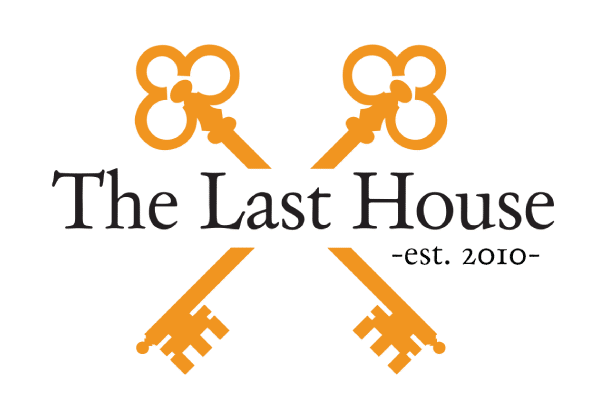What is disassociating?

Most of us have had moments driving where we end up home and have no recollection or idea of how we got there. This is one example of disassociating. To put it simply, disassociating is detaching from reality to some degree. This mental process varies from a mild detachment from external surroundings to a severe detachment from physical and emotional experiences. Disassociating causes a disconnection between an individual and their thoughts, memory and identity. It can be both minor and severe. Most people disassociate to some minor extent. Minor disassociation includes day dreaming, zoning out, or getting sucked into a movie or book. However, others disassociate severely and forget significant memories, their own identity and environments like their own home. These characteristics are illustrated in various dissociative disorders that only affect a small percentage of the population. Dissociative disorders include psychogenic amnesia, psychogenic fugue, and dissociative identity disorder.
Why do people disassociate?
When people disassociate they are splitting off feelings of fear, shame, and anxiety. It is technically a defense mechanism to protect ourselves from trauma, intense negative emotions and things that are too overwhelming to deal with. At the time it may be helpful, however we don’t actually fully forget things and our bodies remember past traumas. This avoidance coping strategy begins often times in childhood when things are too big or too overwhelming to process. Until disassociation is called out and recognized, most people don’t even know they are doing it.
What are the affects of disassociation?
It is important to remember that disassociation is not all bad. We all have the ability to disassociate and we all do it to some extent. Disassociation is a survival skill and is necessary during times that are too burdening and overwhelming to handle. With that being said, overly disassociating can have negative impacts on individuals and relationships. For example, forgetting important life events can affect relationships and individuals. Furthermore, being out of touch with reality can be isolating and may push others away. Emotions like fear, anxiety, sadness, and anger can come on randomly without the individual understanding why because as much as we disassociate and forget trauma, it does resurface in other ways.
What can you do to help?
There is not set cure for disassociation, however treatment is possible. Variations of treatment models exist for the differing disassociation disorders. Different studies show various treatment

modalities. For example, some researches believe that memories can be resurfaced in psychoanalysis. Other treatment includes just managing dissociative behaviors with cognitive behavioral
therapy. Mindfulness and grounding exercises are very beneficial and can help the brain be in touch with the present. Some studies even show that developing a strong and healthy attachmentwith someone like a therapist can shape brain circuits to process memory more effectively. Finally, disassociation disorders can be prevented in early childhood by providing a safe, consistent, and nurturing environment.
